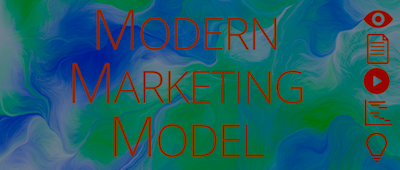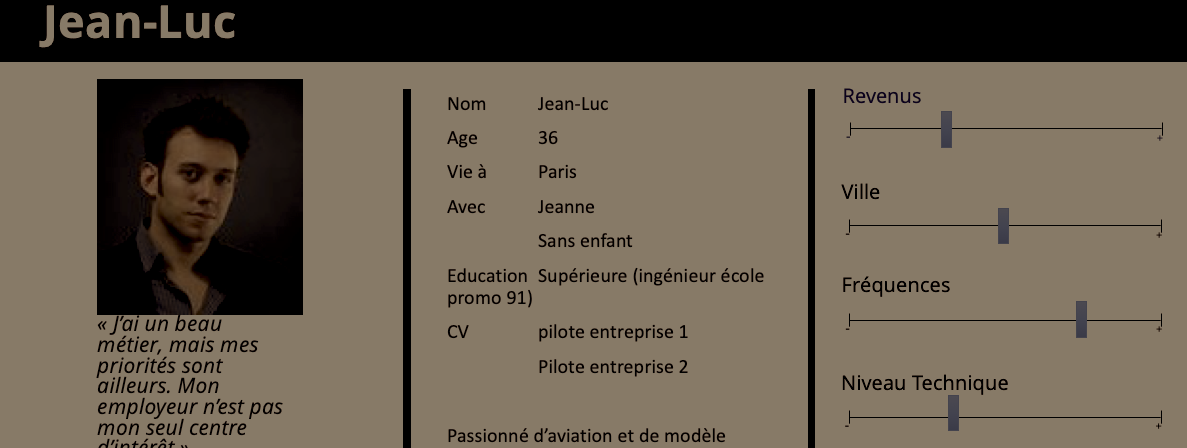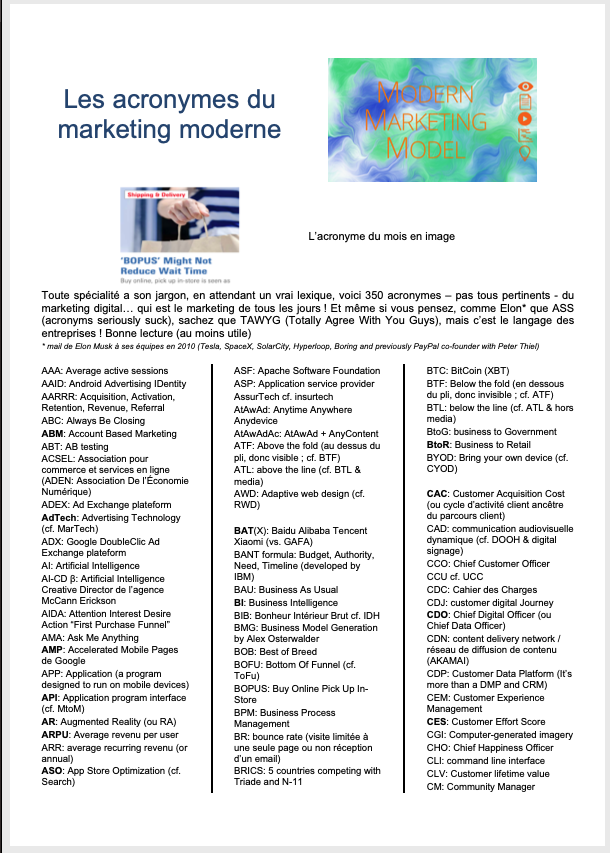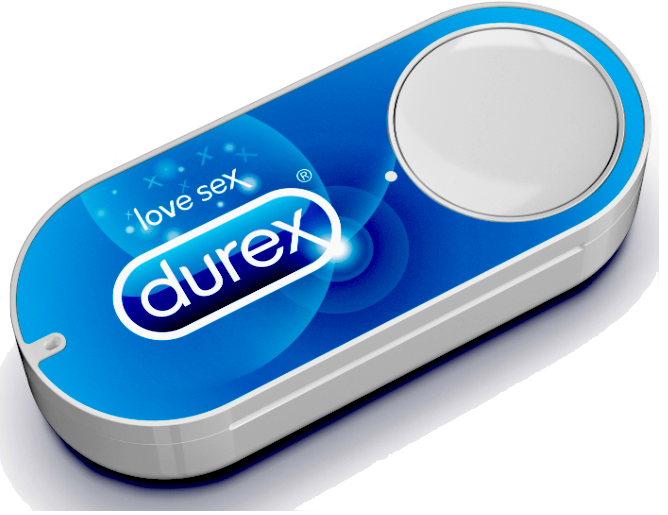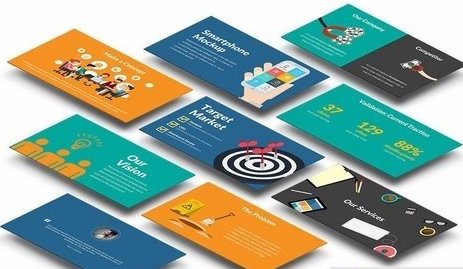Liens
.allaboutux
.getsmartlook .
.wantoo .
.uxarchive .
.best UI is no ui - Krishna .
Worst UX teaching with PowerPoint
Ray Daniel, William Sabadie - Marketing relationnel - Rentabiliser les politiques de satisfaction, fidélité et réclamation - Dunod 2016
Body Laurence, Christophe Tallec, L'expérience client :le design pour innover, l'humain pour créer du lien, le collaboratif pour accompagner le changement, Eyrolles 2015
Bodine, K. & Manning, H. (2012) Outside In, Ed New Harvest
Brahman, L. & Hirschfeld, M. (2010) Re-Engage, Mc Graw Hill
Brown, Tim. (2009) Change by Design, How Design Thinking Transforms Organizations, HarperBusiness
Hinshaw, M. & Kasanoff, B. ( 2012) Smart customers, stupid companies, Business Strategy Press
Hsieh, T. (2011) Delivering Hapiness, Business Plus
Kawasaki, Guy. L’art de l’enchantement, Ed Diatineo
Lenhardt, V. & Bernard, P. (2009) L’intelligence collective en action, Pearson
Martin, R. (2009) The design of business, HBR
Moggridge, B. ( 2007) Designing Interactions, MIT
Mootee, I (2013) Design thinking for strategic innovation, Wiley
Pine, J. & Gilmore, J. (2011) The experience economy, HBR
Reason, B. & al ,(2013) Service Design : from insight to implementation, Rosenfeld,
Sinek, Simon. (2011) Start with why, Portfolio trade
Stickdorn M. & Schneider J.(2010) This is service design thinking, BIS
Quelques définitions
– Alben (1996)
All aspects of the end-user’s interaction with the company, its services, and its products. The
first requirement for an exemplary user experience is to meet the exact needs of the customer,
without fuss or bother. Next comes simplicity and elegance that produce products that are a joy to
own, a joy to use. True user experience goes far beyond giving customers what they say they want, or
providing checklist features. In order to achieve high-quality user experience in a company’s
offerings there must be a seamless merging of the services of multiple disciplines, including
engineering, marketing, graphical and industrial design, and interface design
– Nielsen-Norman Group
The overall experience, in general or specifics, a user, customer, or audience member has with a
product, service, or event. In the Usability field, this experience is usually defined in terms of
ease-of-use. However, the experience encompasses more than merely function and flow, but the
understanding compiled through all of the senses.
– Shedroff
Every aspect of the user’s interaction with a product, service, or company that make up the user’s
perceptions of the whole. User experience design as a discipline is concerned with all the elements
that together make up that interface, including layout, visual design, text, brand, sound, and
interaction. UE works to coordinate these elements to allow for the best possible interaction by
users.
– UPA
User eXperience (UX) is about how a person feels about using a system. User experience highlights
the experiential, affective, meaningful and valuable aspects of human-computer interaction (HCI) and
product ownership, but it also covers a person’s perceptions of the practical aspects such as
utility, ease of use and efficiency of the system. User experience is subjective in nature, because
it is about an individual’s performance, feelings and thoughts about the system. User experience is
dynamic, because it changes over time as the circumstances change
– Wikipedia
User Experience (abbreviated: UX) is the quality of experience a person has when interacting with a
specific design.
– UXnet.org and Interaction-Design.org
A result of motivated action in a certain context. User’s previous experiences and expectations
influence the present experience; this present experience leads to more experiences and modified
expectations.
– Mäkelä & Fulton Suri (2001)
A consequence of a user’s internal state (predispositions, expectations, needs, motivation, mood,
etc.), the characteristics of the designed system (e.g. complexity, purpose, usability,
functionality, etc.) and the context (or the environment) within which the interaction occurs (e.g.
organisational/social setting, meaningfulness of the activity, voluntariness of use, etc.)
– Hassenzahl & Tractinsky (2006)
The value derived from interaction(s) [or anticipated interaction(s)] with a product or service and
the supporting cast in the context of use (e.g., time, location, and user disposition)
– Sward & MacArthur (2007)
The user experience considers the wider relationship between the product and the user in order to
investigate the individual’s personal experience of using it
– McNamara & Kirakowski (2006)
Users’ perceptions of interaction that constitute qualities of use.
– Colbert (2005)
An activity of encounter by a computer user with the auditory and visual presentation of a
collection of computer programs. It is important to note that this includes only what the user
perceives and not all that is presented.
– Microsoft
An umbrella term used to describe all the factors that contribute to a site user’s overall
perception of a system. Is it easy to use, attractive and appropriate? Does it meet user needs?
– Public Life
The entire set of affects that is elicited by the interaction between a user and a product,
including the degree to which all our senses are gratified (aesthetic experience), the meanigs we
attach to the product (experience of meaning), and the feelings and emotions that are elicited (
emotional experience)
– Hekkert (2006)
UX is a momentary, primarily evaluative feeling (good-bad) while interacting with a product or
service.
– Hassenzahl (2008)
A person’s perceptions and responses that result from the use or anticipated use of a product,
system or service
– ISO 9241-210 (2010)
A set of material rendered by a user agent which may be perceived by a user and with which
interaction may be possible.
– W3C
Encompasses all aspects of a digital product that users experience directly—and perceive, learn, and
use—including its form, behavior, and content. Learnability, usability, usefulness, and aesthetic
appeal are key factors in users’ experience of a product.
– UXmatters
The design of user interaction with a system, product or service considering the usability, the
enjoyment and the fit to the way users think.
– TicToc
The user experience, mostly called “customer experience” when referring to e-commerce websites; the
totality of the experience of a user when visiting a website. Their impressions and feelings.
Whether they’re successful. Whether they enjoy themselves. Whether they feel like coming back again.
The extent to which they encounter problems, confusions, and bugs
– UsabilityFirst.com
User experience = Convenience + Design – Cost.
Convenience is the king. What makes a product convenient is quite often what makes it usable. It
might also relate to the availability of the product. It might also have something to do with
laziness and productivity. Defining “convenience” is by no means an easy task. As is with everything
else in this chart, convenience is subjective.
Design is what makes a product liked and attractive, even before it has been used. Design is what
makes you want the product. It is beauty, the touch of a famous designer, a likable company,
character—pretty much what brand value is thought to be.
– Nyman (2005)
The user experience is the totality of end-users’ perceptions as they interact with a product or
service. These perceptions include effectiveness (how good is the result?), efficiency (how fast or
cheap is it?), emotional satisfaction (how good does it feel?), and the quality of the relationship
with the entity that created the product or service (what expectations does it create for subsequent
interactions?).
– Kuniavsky (2010)
The overall experience and satisfaction a user has when using a product or system.
– Goto (2004)
UX = the sum of a series of interactions
User experience (UX) represents the perception left in someone’s mind following a series of
interactions between people, devices, and events – or any combination thereof.
– Fatdux.com
User experience stands for the quality of a global experience as perceived by a person (user)
interacting with a system.
– use-design.com
Users’ judgement of product quality arising from their experience of interaction, and the product
qualities which engender effective use and pleasure.
